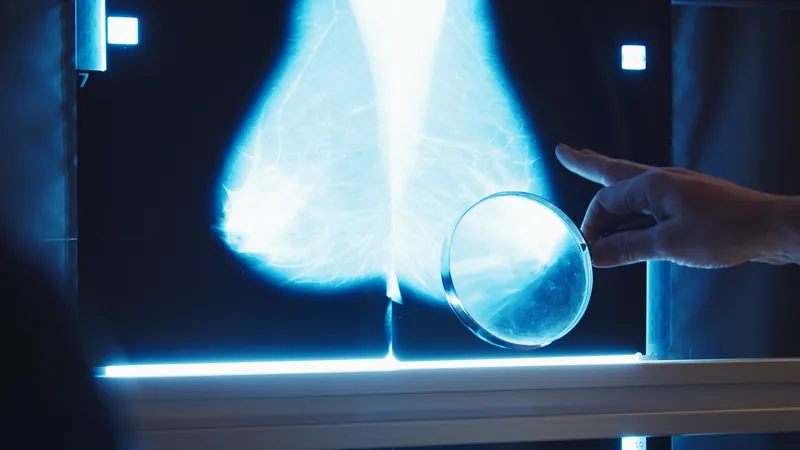
Worms That Time Forgot: How Two Species Stayed Genetically Aligned for 20 Million Years!
2025-06-21
Author: Noah
In a groundbreaking study published in the prestigious journal Science, researchers reveal an astonishing discovery about two species of transparent roundworms that have managed to keep their genes in sync for an incredible 20 million years!
Dr. Robert Waterston from the University of Washington School of Medicine expressed his amazement at the findings: "It was just remarkable to see such coherence in gene expression patterns over such an evolutionary gulf." He emphasized how gene expression patterns tend to remain stable, particularly when they involve cell types essential for survival.
The research focused on Caenorhabditis elegans and Caenorhabditis briggsae, two soil-dwelling worms that share around 20,000 genes with more complex organisms, including humans. These tiny, transparent creatures are perfect for scientific study due to their simplicity and developmental transparency.
Comparing these two species, the researchers found that while many gene expression patterns remained conserved, notable changes occurred in specialized cell types. For instance, genetic differences popped up predominantly in neurons—likely a response to the need to adapt to changing environments, according to lead author Christopher R. L. Large.
Using cutting-edge single-cell RNA sequencing, scientists meticulously tracked the levels of messenger RNA throughout the worms’ embryonic development—mapping how individual cells changed from a mass of 28 undifferentiated cells to well-defined types within just 12 hours.
Dr. Junhyong Kim, another key figure in the research, noted that this is the first time scientists have compared every single cell of two distinct organisms at such a detailed level. While some conservation in gene expression did not surprise researchers, the lack of impact from changes was unexpected.
While the study outlines the differences in gene expression, it stops short of explaining why these variations occur. Dr. John Isaac Murray highlights the complexity of the findings: "It’s still uncertain whether these discrepancies are due to evolutionary adaptation or just random genetic drift. However, this foundational work opens up a wealth of possibilities for exploring evolution further."
This remarkable research was made possible by the support of the National Institutes of Health and the National Sciences Foundation, paving the way for future studies aimed at unraveling the mysteries of gene expression and evolution.









 Brasil (PT)
Brasil (PT)
 Canada (EN)
Canada (EN)
 Chile (ES)
Chile (ES)
 Česko (CS)
Česko (CS)
 대한민국 (KO)
대한민국 (KO)
 España (ES)
España (ES)
 France (FR)
France (FR)
 Hong Kong (EN)
Hong Kong (EN)
 Italia (IT)
Italia (IT)
 日本 (JA)
日本 (JA)
 Magyarország (HU)
Magyarország (HU)
 Norge (NO)
Norge (NO)
 Polska (PL)
Polska (PL)
 Schweiz (DE)
Schweiz (DE)
 Singapore (EN)
Singapore (EN)
 Sverige (SV)
Sverige (SV)
 Suomi (FI)
Suomi (FI)
 Türkiye (TR)
Türkiye (TR)
 الإمارات العربية المتحدة (AR)
الإمارات العربية المتحدة (AR)